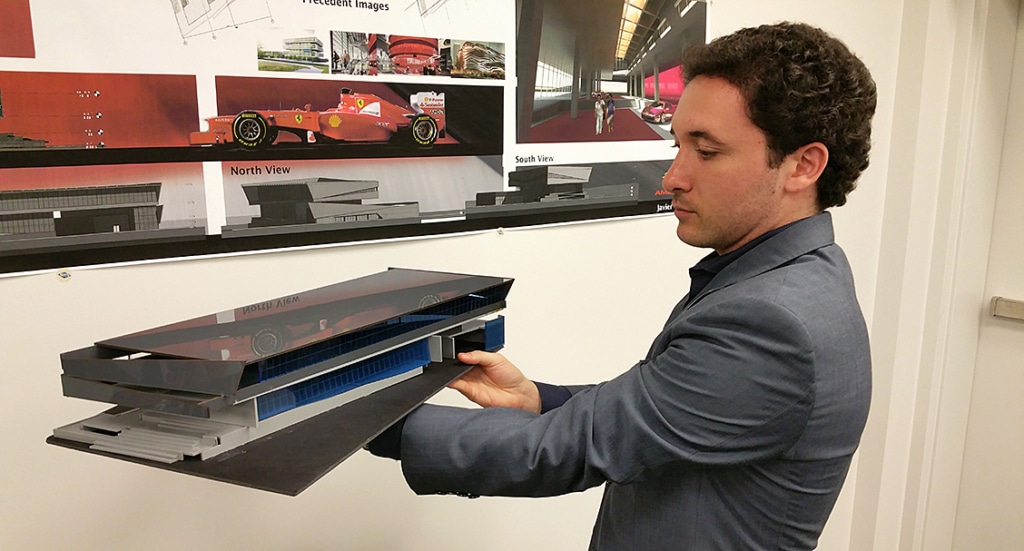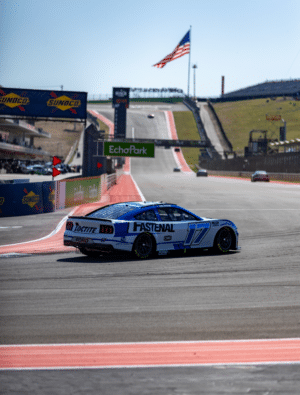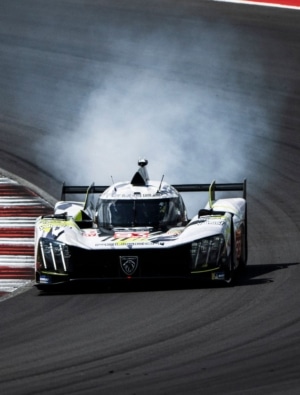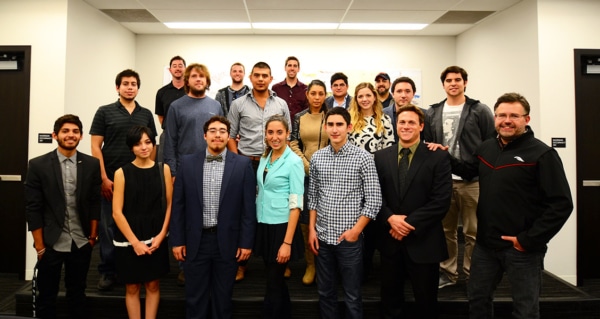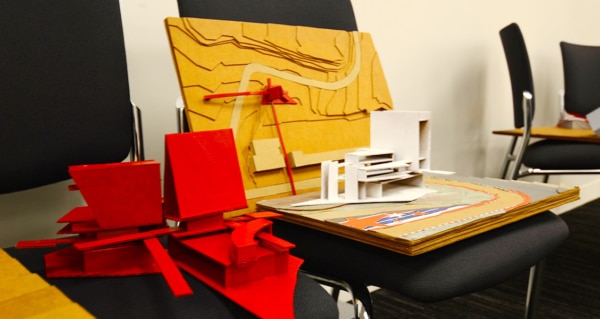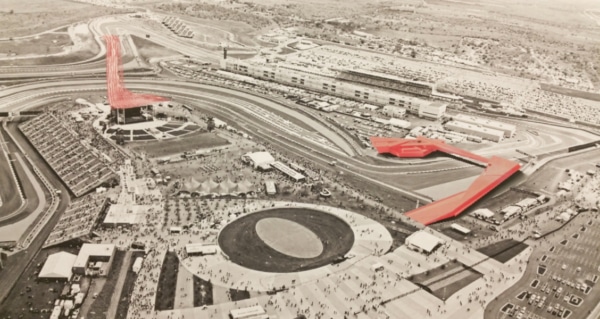We use cookies and similar technologies to help personalize content, tailor and measure ads, and provide a better experience. By clicking accept, you agree to this, as outlined in our Privacy Policy.
Architecture Students Present Building Ideas At Circuit Of The Americas


Circuit of The Americas was proud to host third- and fourth-year students from the University of Texas at San Antonio College of Architecture, who presented their ideas for new structures at the circuit on Thursday.
The presentations were the final step in a semester-long class project assigned by UTSA Adjunct Professor David Matiella to students enrolled in his Advanced Design Studio. The students were challenged to design either a Research & Development center or a Children’s Museum on the world-class circuit’s campus.
Although the projects were theoretical and will not be implemented, the exercise was an opportunity for the students to apply their skills in a real-world setting, including conceptualization, execution and presentation. Many of the concepts featured sweeping curves, or bold angles, to complement the excitement and motion of speeding cars and motorcycles on the track. Several designs incorporated dramatic bridges over the track to provide new vantage points of race activities.
The presentations included two-dimensional drawings, elevations and conceptual design sketches as well as three-dimensional scale models of their proposals. Circuit staff then critiqued the projects, asking questions and providing feedback.
“Quite frankly, I was blown away by the high caliber of the student’s work. Both the intellectual content and the graphic presentations were exceptional,” said Edgar Farrera, the Circuit’s director of sustainability.
The exercise was part of the circuit’s ongoing initiatives to offer educational opportunities to local and regional schools at all grade levels.
Circuit of The Americas was proud to host third- and fourth-year students from the University of Texas at San Antonio College of Architecture, who presented their ideas for new structures at the circuit on Thursday.
The presentations were the final step in a semester-long class project assigned by UTSA Adjunct Professor David Matiella to students enrolled in his Advanced Design Studio. The students were challenged to design either a Research & Development center or a Children’s Museum on the world-class circuit’s campus.
Although the projects were theoretical and will not be implemented, the exercise was an opportunity for the students to apply their skills in a real-world setting, including conceptualization, execution and presentation. Many of the concepts featured sweeping curves, or bold angles, to complement the excitement and motion of speeding cars and motorcycles on the track. Several designs incorporated dramatic bridges over the track to provide new vantage points of race activities.
The presentations included two-dimensional drawings, elevations and conceptual design sketches as well as three-dimensional scale models of their proposals. Circuit staff then critiqued the projects, asking questions and providing feedback.
“Quite frankly, I was blown away by the high caliber of the student’s work. Both the intellectual content and the graphic presentations were exceptional,” said Edgar Farrera, the Circuit’s director of sustainability.
The exercise was part of the circuit’s ongoing initiatives to offer educational opportunities to local and regional schools at all grade levels.
Circuit of The Americas was proud to host third- and fourth-year students from the University of Texas at San Antonio College of Architecture, who presented their ideas for new structures at the circuit on Thursday.
The presentations were the final step in a semester-long class project assigned by UTSA Adjunct Professor David Matiella to students enrolled in his Advanced Design Studio. The students were challenged to design either a Research & Development center or a Children’s Museum on the world-class circuit’s campus.
Although the projects were theoretical and will not be implemented, the exercise was an opportunity for the students to apply their skills in a real-world setting, including conceptualization, execution and presentation. Many of the concepts featured sweeping curves, or bold angles, to complement the excitement and motion of speeding cars and motorcycles on the track. Several designs incorporated dramatic bridges over the track to provide new vantage points of race activities.
The presentations included two-dimensional drawings, elevations and conceptual design sketches as well as three-dimensional scale models of their proposals. Circuit staff then critiqued the projects, asking questions and providing feedback.
“Quite frankly, I was blown away by the high caliber of the student’s work. Both the intellectual content and the graphic presentations were exceptional,” said Edgar Farrera, the Circuit’s director of sustainability.
The exercise was part of the circuit’s ongoing initiatives to offer educational opportunities to local and regional schools at all grade levels.
Circuit of The Americas was proud to host third- and fourth-year students from the University of Texas at San Antonio College of Architecture, who presented their ideas for new structures at the circuit on Thursday.
The presentations were the final step in a semester-long class project assigned by UTSA Adjunct Professor David Matiella to students enrolled in his Advanced Design Studio. The students were challenged to design either a Research & Development center or a Children’s Museum on the world-class circuit’s campus.
Although the projects were theoretical and will not be implemented, the exercise was an opportunity for the students to apply their skills in a real-world setting, including conceptualization, execution and presentation. Many of the concepts featured sweeping curves, or bold angles, to complement the excitement and motion of speeding cars and motorcycles on the track. Several designs incorporated dramatic bridges over the track to provide new vantage points of race activities.
The presentations included two-dimensional drawings, elevations and conceptual design sketches as well as three-dimensional scale models of their proposals. Circuit staff then critiqued the projects, asking questions and providing feedback.
“Quite frankly, I was blown away by the high caliber of the student’s work. Both the intellectual content and the graphic presentations were exceptional,” said Edgar Farrera, the Circuit’s director of sustainability.
The exercise was part of the circuit’s ongoing initiatives to offer educational opportunities to local and regional schools at all grade levels.
